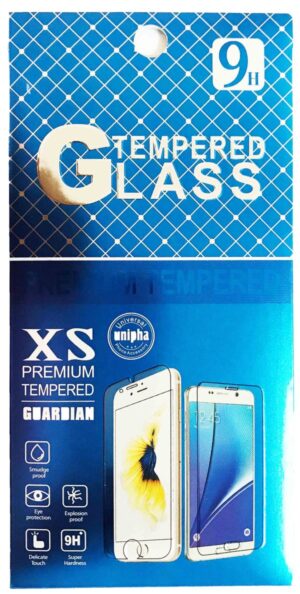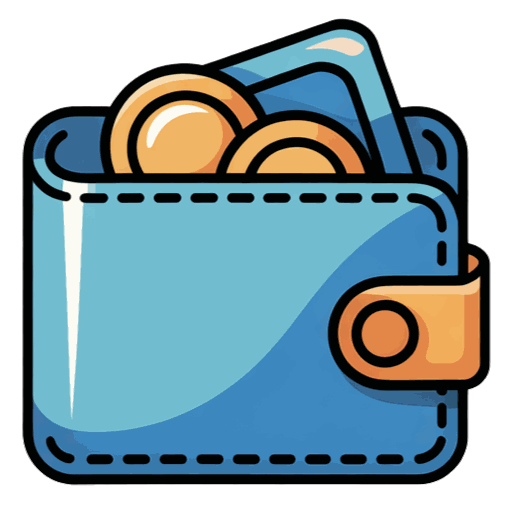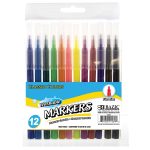Offering Net 30 payment terms, which allow customers 30 days to pay their bills, can be a great way to increase sales and build better relationships with customers. However, giving customers credit also comes with risks, especially the chance of late payments affecting your cash flow.
To use Net-30 terms successfully, you need to plan carefully and have a clear process in place to get the most benefits while reducing the risks. This guide will walk you through the key steps to implement Net 30 payment terms effectively, ensuring your business is financially prepared, setting up clear credit rules, managing invoices, and minimizing the risks of late payments.
By following this plan, you’ll attract more customers, build long-term loyalty, and maintain strong cash flow.
Understanding How to Implement Net 30 Payment Terms
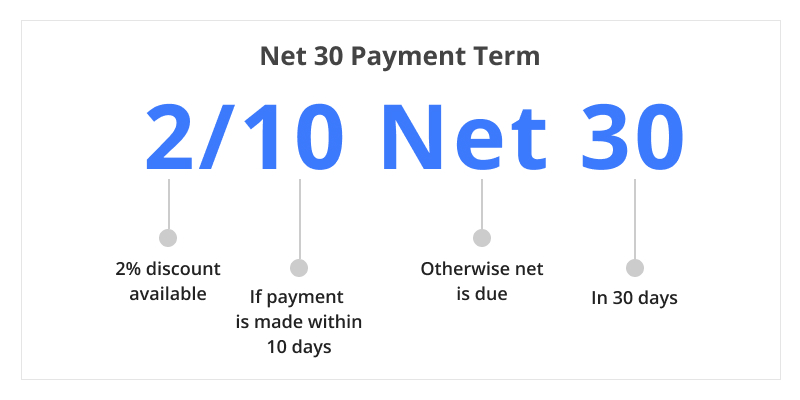
Here is what Net 30 means:
- Net: The full amount that needs to be paid.
- 30: The number of days the customer has to make the payment.
It’s basically a credit agreement that can help build good relationships with clients by giving them some financial breathing room. For example, if your business requires low-cost office supplies such as calculators, stationery, or paper products, suppliers may offer you Net 30 payment terms with an invoice due in 30 days. This means you can receive the items and have 30 days to pay the invoice. It gives you time to use the supplies and manage your cash flow before the payment is due.
Using Net 30 terms helps businesses manage their cash flow more effectively, allowing clients to organize their payments without feeling rushed to pay immediately.
Communicating Net 30 Terms to Customers
It’s very important to explain your payment terms in a simple way to make sure transactions go smoothly and payments are made on time. Your clients and customers should easily understand what Net 30 means and how it impacts their dealings with you. Here’s how you can do that:
Clear and Concise Language on Invoices
When you’re setting up Net 30 payment terms, your invoice needs to be clear and straightforward. Use simple and direct language on your invoices to avoid any misunderstandings about when payment is expected.
- Highlight the Due Date: Make sure the payment due date stands out on the Net 30 term’s invoice to make it easy for the customer to understand. For example, write something like “Payment Due 30 Days from Invoice Date” or specify a date, such as “Payment Due by November 30, 2023.”
- Explain Net 30 Terms: Add a short note explaining what Net-30 means for clients who may not be familiar with business payment terms.
- Add Your Contact Info: Make sure your contact details are easy to find on the invoice so that customers can reach out for clarification if needed.
Setting Expectations Upfront
Setting clear expectations from the start is key to keeping client relationships strong and making sure payment rules are followed.
- Talk About It Early: When you’re finalizing a service agreement or project contract, make sure to discuss payment terms. Explain why sticking to Net 30 terms is important to keep cash flow smooth for both sides.
- Put It in Writing: Include the payment details in your contracts or agreements. Make sure both parties sign or verbally agree to these terms to avoid any issues later.
- Send Friendly Reminders: As the payment deadline gets closer, send polite reminders. Automated reminders can be especially useful for clients who might forget, so the invoice doesn’t get overlooked.
Negotiating Net 30 Terms with Suppliers
Running a business often involves managing relationships with both customers and suppliers. Getting favorable Net 30 payment terms from suppliers can help improve your cash flow and build stronger partnerships. Here’s how to negotiate effectively:
Strategies for Reaching Mutually Beneficial Agreements

Negotiations should be a collaborative effort where both parties benefit. Here’s how to make them work:
- Understand What the Supplier Needs: Take time to learn about your supplier’s financial situation and any challenges they face. This can help you suggest terms that work for them while still helping your business.
- Focus on Building a Long-term Relationship: Show that you’re in it for the long haul. Suppliers value customers who provide consistent business, and this can lead to more flexible payment options, like Net-30.
- Show You’re Reliable: Prove that you’re trustworthy. Share your track record of paying on time or provide references to reassure the supplier that you’re dependable.
- Be Flexible: Stay open to different ideas. If Net-30 isn’t an option at first, consider other solutions like discounts for early payments or paying in batches, which might work better for the supplier.
Building Strong Supplier Relationships
Having a good relationship with your suppliers is key to running a successful business. Here’s how you can build and maintain those important connections:
- Stay in Touch: Communicate with your suppliers regularly, not just when there’s a problem. Regular updates and check-ins can foster trust and make collaboration easier.
- Say Thank You: A simple “thank you” or acknowledgment of their contributions can make a big impact and reinforce the relationship.
- Share Your Thoughts: Give helpful feedback to your suppliers. By sharing your ideas and suggestions, you can help them improve and meet your needs better, which makes your partnership stronger.
- Meet in Person: Go to industry events where you can meet your suppliers face-to-face. Personal meetings often create a stronger connection than just emails or phone calls.
When done correctly, Net 30 payment terms can help balance your business finances and improve relationships with both customers and suppliers. Clear communication and smart negotiations are essential to foster stronger partnerships and a healthier cash flow system.
Managing Net 30 Accounts

Using Net 30 payment terms is a great way to improve your business’s cash flow, but it needs careful management to work well. To keep your Net 30 accounts in order, you need a solid plan that combines accurate tracking with the use of modern tools. Here is how to manage your Net 30 accounts successfully.
Tracking Payments and Deadlines
The most important thing when handling your Net 30 accounts is keeping track of payments and deadlines. When you use Net 30 terms, you’re giving your clients 30 days to pay for what they’ve bought. While this seems simple, it can get confusing to remember who owes what and when if you don’t manage it well. Here’s how to stay organized:
- Create a System: Use a spreadsheet or a calendar app to record each invoice, including its sent date and due date. This helps you stay on top of payments.
- Set Up Payment Reminders: Schedule reminders for when payments are due. Send a friendly reminder a week before and on the due date to keep cash flow steady.
- Watch Payment Habits: Track how your clients pay. Some might always pay on time, while others might often pay late. Spot these patterns early to deal with problems before they get worse.
- Act Fast on Missed Payments: Contact the client right away if they miss a payment deadline. The sooner you reach out, the faster you can resolve the issue and remind them of the importance of adhering to the agreed-upon terms.
By keeping a close eye on payments and staying in touch with your clients, you stay in control of your money and can make smart choices to keep your business financially strong.
Utilizing Accounting Software for Efficiency

In today’s tech-driven world, accounting software can completely change how you handle Net 30 accounts. It makes tracking easier and automates many tasks that were previously done by hand, saving you time and reducing mistakes. Here’s how accounting software can help you work more efficiently:
- Automatic Invoicing: Set up automatic invoicing to ensure you never miss billing a client, even scheduling recurring invoices without manual input.
- Instant Payment Updates: Get real-time information when clients make payments, helping you manage finances more effectively.
- Easy Financial Reports: Use built-in analytics to create reports that show payment patterns, unpaid invoices, and cash flow trends with just a click. This information helps you make smarter financial decisions and plan for the future.
- Third-Party Integrations: Most accounting software can connect with other tools, like CRM systems and payment platforms, to streamline the billing process and improve efficiency.
Choosing the right accounting software can reduce the hassle of managing Net 30 accounts and help you implement the best practices for using Net 30 payment terms. This allows you to focus on growing your business while keeping your invoicing and credit terms in order. With better organization, you can maintain a steady cash flow and optimize your payment policies, making everything much easier to handle.
Conclusion
Using Net payment terms for 30 days can really help your business in managing cash flow while still acquiring necessary items such as office supplies.
To maximize its benefits, it’s important to know how to implement 30-day payment terms effectively. By giving your clients more time to pay, you build stronger relationships and manage your finances more effectively.
To succeed, make sure to:
- Clearly explain your payment terms.
- Send invoices on time.
- Track your accounts consistently.
If you follow these steps, your business will run more smoothly, and your clients will be happier. The secret is to stick to your payment rules—if you do, you’ll see good results!
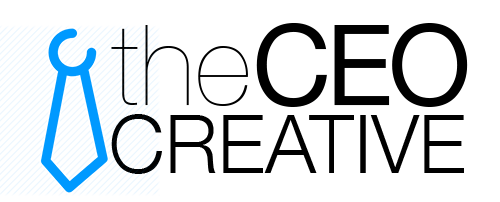
![How to Implement Net 30 Payment Terms [A Complete Guide]](https://theceocreative.com/wp-content/uploads/2024/12/How-to-Implement-Net-30-Payment-Terms-A-Step-by-Step-Guide.jpg)


